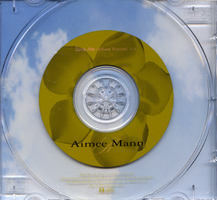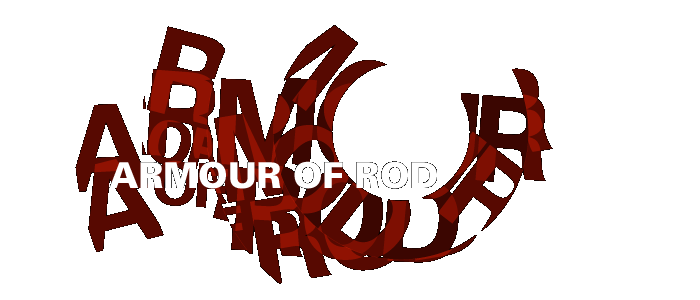The American record industry has attempted to eliminate the single from the marketplace. Not just recently; for as long as I’ve been alive, and longer.
…from the 1960s (about 10 years after the worldwide commercial introduction of LPs):
• Bad radio. Not today, but for the past 30 years.
• Nobody cared about quality after about 1961. East Coast and West Coast pressings were seldom consistent with each other, and almost never looked right in comparison to English or Japanese issues.
• Typographical and design poison. Yes, many singles came with picture sleeves. No, none of them were any good until they ported the “Strawberry Fields Forever”/“Penny Lane” sleeve from Parlophone in 1967. Every expense was spared in the production of these sleeves—flimsy paper that usually shipped with ringwear.
• No value for money. A- and B-sides usually came from an existing LP. For this reason alone, most casual consumers were put off by singles.
…to the 1970s:
• Longform LPs became the only format marketed for rock. This encouraged lazy idiots who resented getting up from their chair to change records. These people now resent getting up to change CDs, and would like entire catalogues crammed onto DVD-Audio so they never have to move.
…to the 1980s:
• Cassette singles were introduced to completely replace vinyl 7” singles in most shops, basically to smother the opportunity for indie singles to become popular. True, most of the indie hits of the 1970s were novelty records, but I think it’s clear the majors saw this as an incursion into their marketplace, and the punk revival of the 7” single had also threatened their complete control over artists becoming popular without being under their direction.
• When cassette singles were introduced, the price of a single increased by $1 (sometimes more). The space dedicated in stores to singles was radically diminished. These things discouraged new singles buyers.
…to now:
• CD singles are only marketed after a song is already a radio hit, but if a song has that much airplay, those most interested will have already purchased the long-playing CD and will not purchase the same music twice.
No matter what they do, however, the majors can’t suppress popular desire for singles, much to the benefit of Apple’s iTunes. (I love Macs, and iTunes is brilliant, but Steve is eventually going to have to face up to Apple Computer’ blatant violation of the 1991 trademark agreement with Apple Corps Ltd.).
My modest proposal for reestablishing the single in the US:
Release one two-track digital single consisting of an A-side and previously unreleased B-side with downloadable artwork, a la iTunes or the digital Comeandgetit EP included with Liz Phair.
Release one four-track commerical EP.
Card sleeves. Not the acid-laced shoebox cardboard traditionally used, the cardstock the rest of the world uses—quality, but still less expensive than jewel boxes.
The discs should be 3” of data with a 2” clear rim, as seen on this Aimee Mann promo, because they look cool and record collectors will want them on that basis alone. (The mono CD single for Paul McCartney’s “No Other Baby” used this too, to great effect.)


